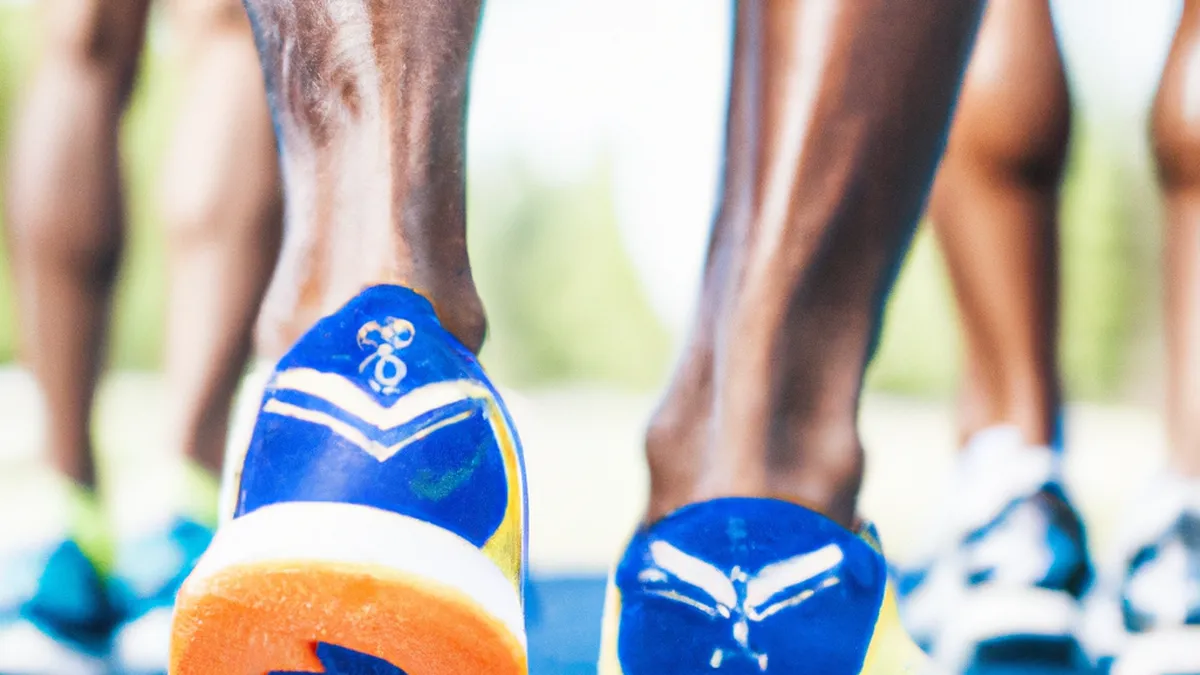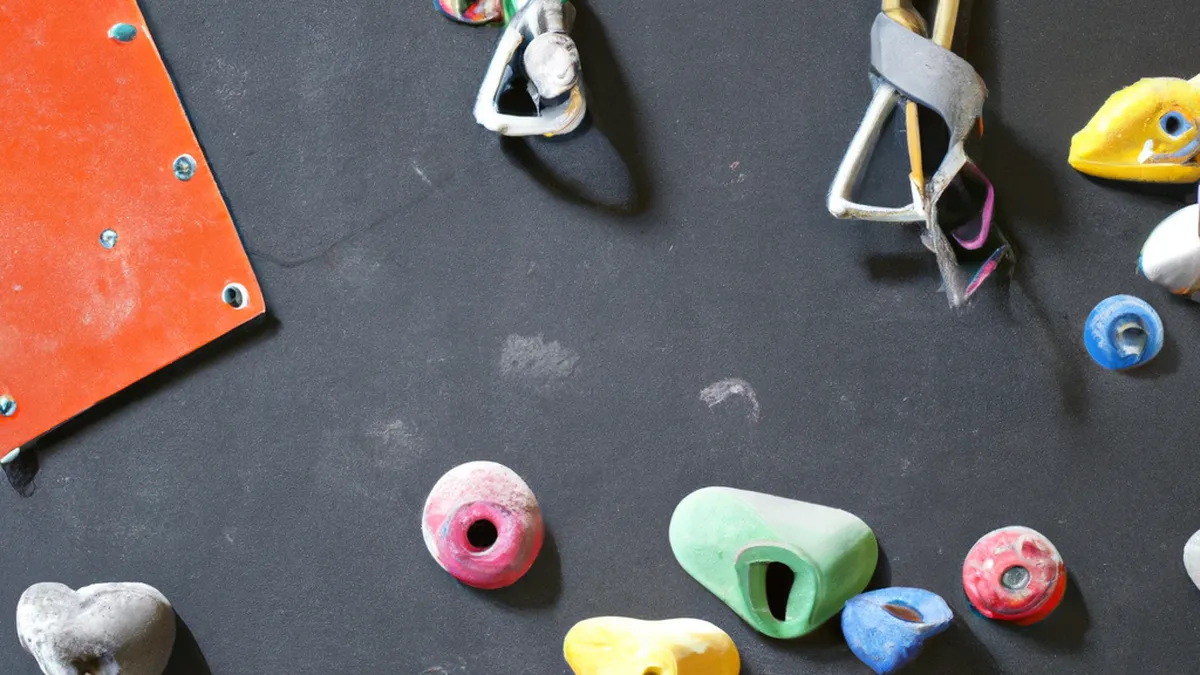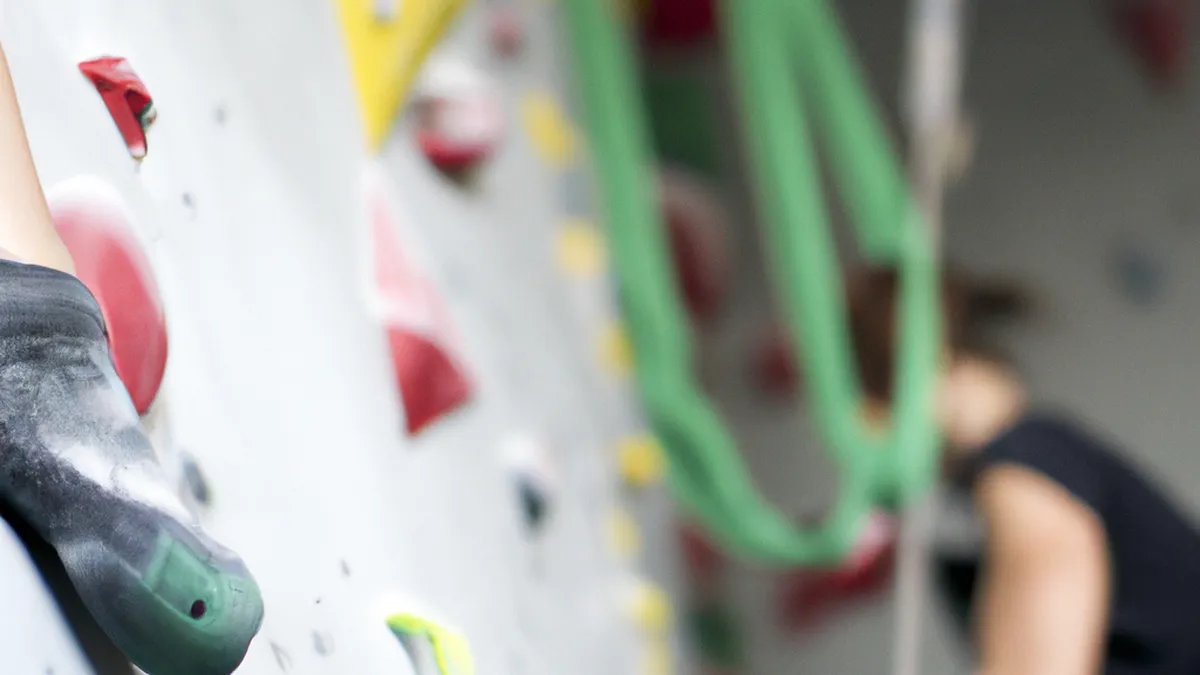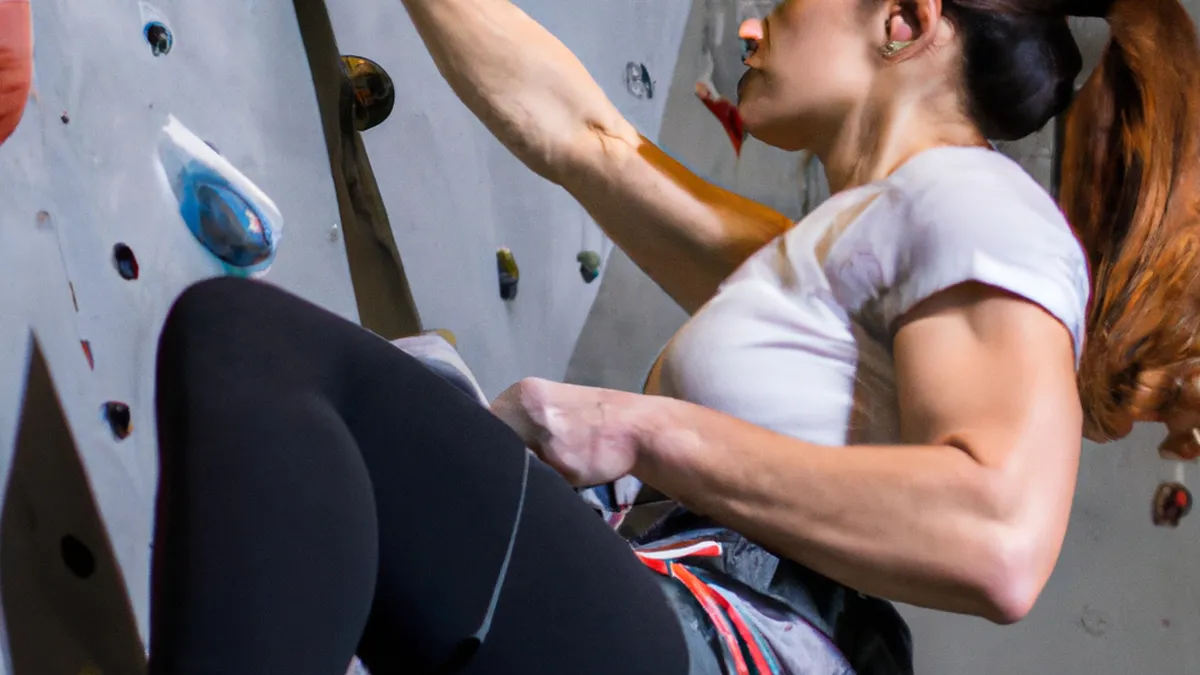Sand Training: Tips for Faster Sprints
Sand Surface Running TechniquesRunning on sand offers a unique workout experience. The soft surface challenges your body differently than pavement or trails. Many runners enjoy sand running for its physical benefits and refreshing outdoor experience. This blog post shares techniques to enhance your sand running, tips for beginners, form considerations, and the benefits of this exercise.
Understanding Sand Running
Running on sand engages various muscle groups that traditional running often neglects. The soft surface forces your legs, core, and stabilizing muscles to work harder. This effort leads to improvements in strength, endurance, and overall fitness.
The Importance of Footwear
Choose your footwear carefully before running on sand. Some experienced runners prefer barefoot running to enhance foot strength. However, lightweight running or trail shoes can also provide support and traction. Look for shoes with good grip to prevent slipping.
Choose the Right Terrain
Different sand surfaces affect your running experience. Soft, dry sand presents more challenges than hard, wet sand. Beginners should start on firmer areas near the waterline, where waves pack the sand down. This approach builds strength and confidence without overexerting yourself. As you gain experience, transition to softer sand for a more intense workout.
Tips for Effective Sand Running
As an Amazon Associate I earn from qualifying purchases.
Gear tip: consider steel mace, indian clubs, and sandbag trainer to support this topic.
Maximize your sand running experience with these tips:1. **Focus on Your Form** Maintain proper form while running on sand. Lean slightly forward to engage your core and maintain balance. Keep your shoulders relaxed and arms at your sides or slightly bent.2. **Shorten Your Stride** Take shorter, quicker steps when running on sand. This technique reduces injury risk and helps maintain speed. Long strides can lead to instability on uneven surfaces.3. **Engage Your Core** A strong core stabilizes your body while running. Activate your core muscles to maintain good posture and stability on shifting surfaces. Keep your abdominal muscles engaged throughout your run.4. **Adjust Your Pace** Expect to run slower on sand than on firm ground. Allow your body to adapt to the new surface and avoid forcing your usual pace. Find a comfortable rhythm that suits the sand.
Conclusion
In summary, sand running offers unique challenges and benefits. Focus on form, adjust your stride, engage your core, and find your pace. Enjoy your sand running experience!
Below are related products based on this post:
FAQ
What are the benefits of running on sand?
Running on sand engages various muscle groups that traditional running often neglects. This unique surface challenges your body differently, leading to improvements in strength, endurance, and overall fitness.
What type of footwear is best for sand running?
Choosing the right footwear is crucial for sand running. While some runners prefer to run barefoot to enhance foot strength, lightweight running or trail shoes with good grip can also provide support and prevent slipping.
How should I adjust my running technique for sand?
When running on sand, it is important to maintain proper form by leaning slightly forward and keeping your core engaged. Additionally, taking shorter, quicker steps can help reduce the risk of injury and improve stability on the uneven surface.















Post Comment